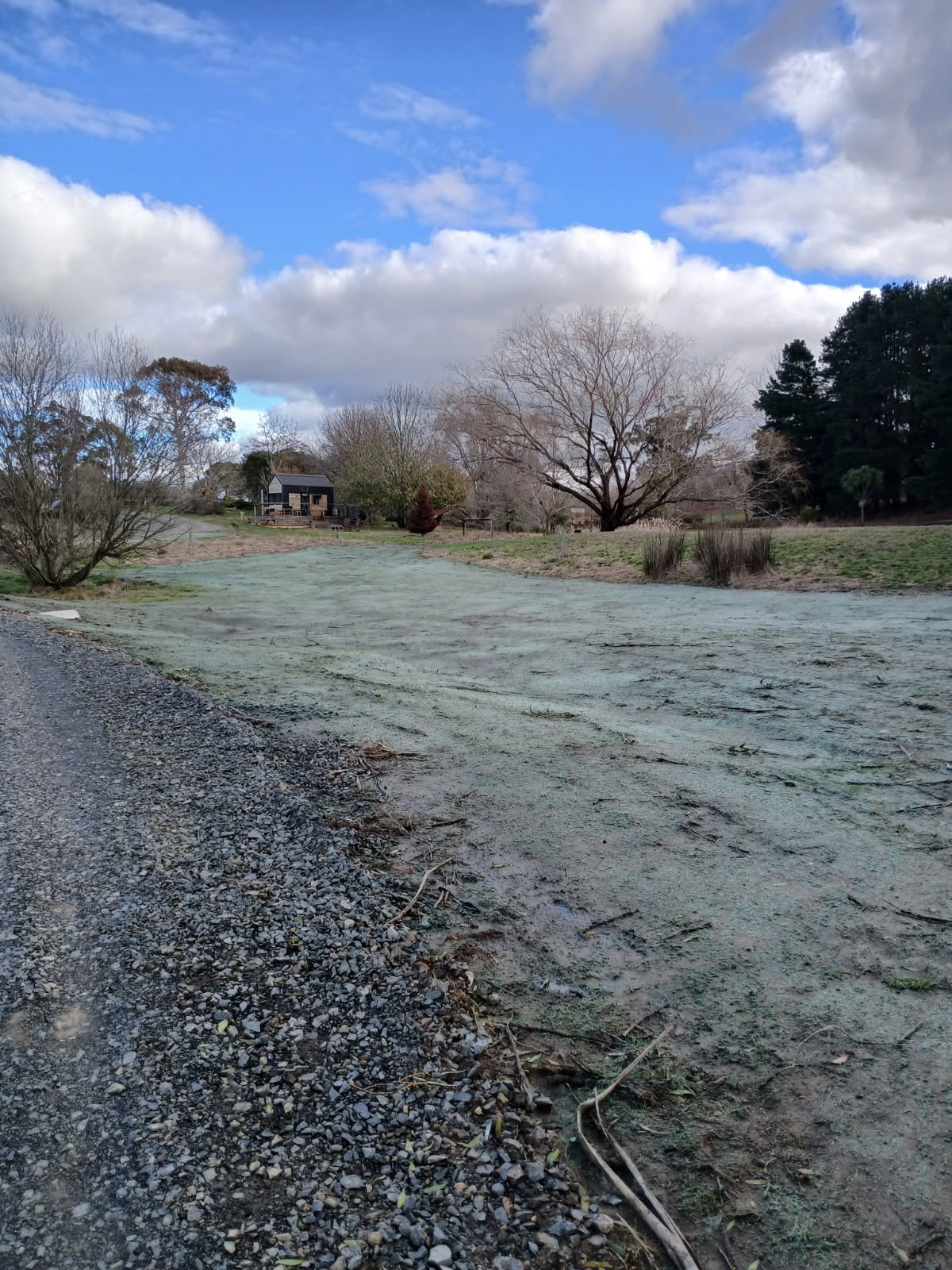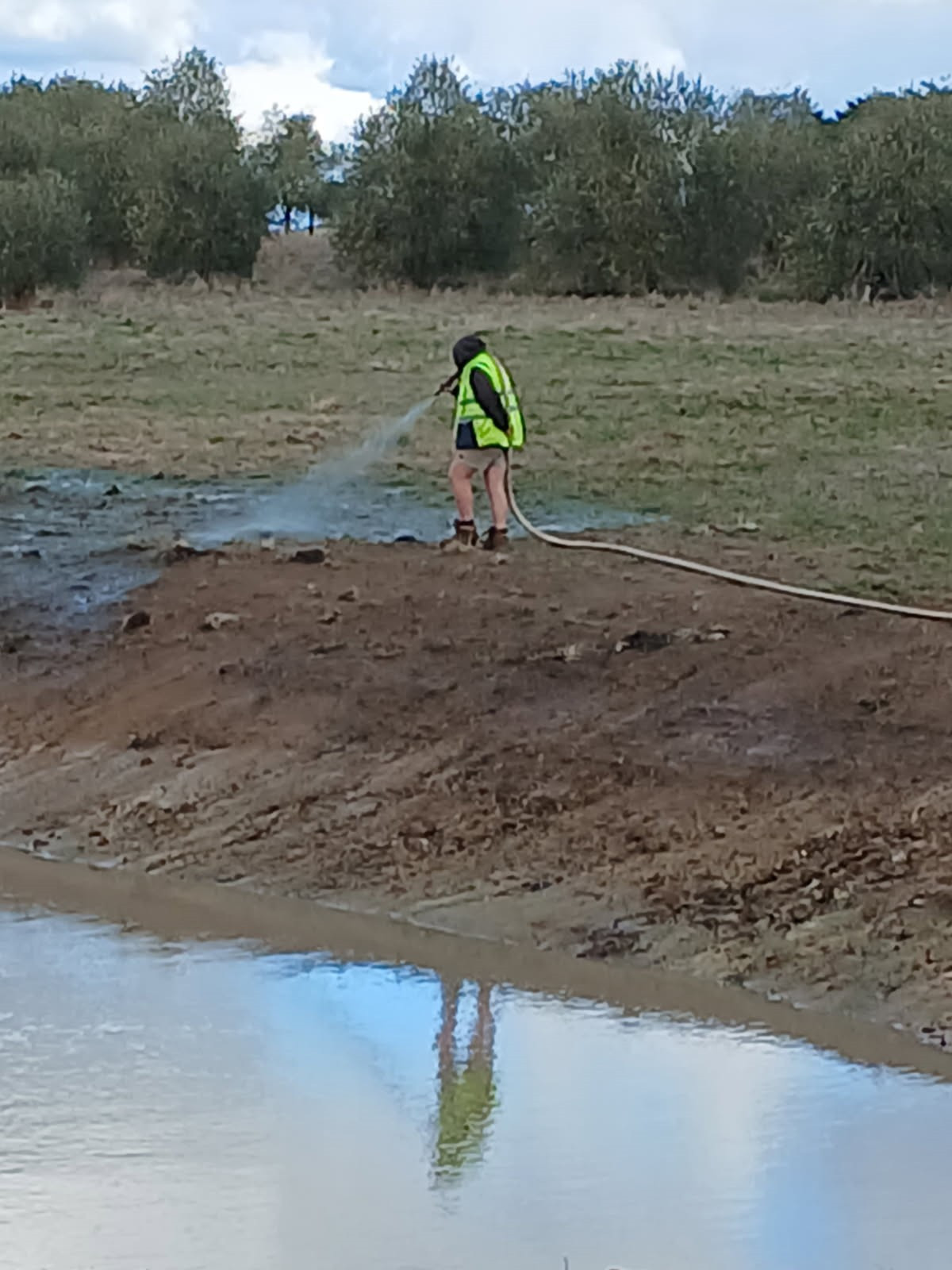Dust might seem like a minor nuisance on construction sites, roads, and mining operations - but in reality, it’s a major environmental and health concern. Uncontrolled dust can reduce air quality, create safety hazards, and even result in costly compliance fines.
That’s where dust suppression comes in. Done right, it not only protects workers and communities but also saves time, money, and resources by keeping operations running smoothly.
In this guide, we’ll cover how to implement effective dust suppression, the different methods available, and key tips for choosing the right solution for your site.
Understanding Dust Suppression
Dust suppression refers to the control or reduction of airborne dust particles caused by mechanical disturbances such as vehicle movement, excavation, demolition, or material handling.
Dust can be generated from:
Unsealed or unpaved roads
Construction and earthworks sites
Mining and quarrying operations
Stockpiles and bulk material transport
Agricultural activities and land clearing
Suppressing dust isn’t just about aesthetics - it’s about:
Meeting environmental regulations
Improving air quality and worker health
Preventing erosion and soil degradation
Enhancing visibility and on-site safety
Identify the Source of Dust
The first step in any dust suppression plan is identifying where and how dust is being generated
Common sources include:
Traffic movement: Vehicles traveling on unsealed roads kick up fine particles.
Material handling: Dumping, crushing, or transferring materials creates airborne dust.
Wind erosion: Exposed soil or stockpiles can emit dust during windy conditions.
Conducting a site assessment will help determine the dust load, particle size, and emission frequency. From here, you can decide which suppression method suits your environment and budget.

Choose the Right Dust Suppression Method
There’s no one-size-fits-all solution when it comes to dust control. The right approach depends on the site size, material type, climate, and duration of activity.
Below are 5 common methods that Southern Hydroseeding uses to suppress dust on its installation sites:
1. Water-Based Dust Suppression
This is the most widely used and cost-effective option, especially for short-term projects. Water binds fine dust particles together, preventing them from becoming airborne. It can be applied using:
Water trucks or tankers
Fixed or portable sprinklers
Hydroseeding or hydromulching systems (for large areas)
Pros:
Simple and inexpensive
Environmentally safe when used correctly
Cons:
Requires frequent reapplication
Ineffective in windy or dry conditions without additives
2. Dust Suppression Additives
Additives can be mixed with water to enhance dust control performance and extend effectiveness.
Common types include:
Surfactants: Help water penetrate the soil more efficiently.
Polymers and binders: Create a crust or film that locks dust in place.
Hygroscopic agents: Attract moisture from the air to keep surfaces damp.
These are ideal for roads, stockpiles, and long-term operations where constant watering isn’t practical.
3. Vegetative Cover and Hydromulching
For long-term dust suppression, vegetation is the most sustainable solution. By stabilising the soil surface with plant roots, erosion and dust emissions are significantly reduced.
Hydromulching and spray seeding are effective methods that combine seed, mulch, and tackifiers in a water-based slurry, sprayed over large areas.
Benefits:
Long-term, eco-friendly solution
Restores natural vegetation and prevents erosion
4. Gravel or Surface Stabilisation
Applying gravel or road base to unsealed roads creates a stable surface that reduces dust from traffic.
For permanent operations or haul roads, chemical stabilisers can also be used to bind surface particles together, creating a semi-permanent crust that withstands heavy use.

5. Wind Breaks and Barriers
Installing wind fences, berms, or vegetation barriers can reduce wind speed and trap airborne dust before it leaves the site.
This method is particularly effective for open, windy areas or material stockpiles.
Implement the Suppression Plan
Once you’ve selected your method, create a site-specific dust suppression plan.
Include the following components:
Treatment frequency: How often water or additives are applied.
Application methods: Type of equipment and coverage areas.
Monitoring schedule: Regular inspections to evaluate effectiveness.
Weather considerations: Adjust applications based on wind and rainfall.
Documenting your plan ensures compliance with local environmental regulations and helps maintain consistency across teams and shifts.
Monitor and Maintain
Dust suppression is not a “set and forget” task. Regular monitoring and maintenance are key to long-term success.
Keep an eye on:
Visible dust levels during operation
Road or surface condition (cracking, erosion, or loose fines)
Water usage and runoff management
Weather changes that may affect performance
Using technology like dust monitoring stations or mobile sensors can provide real-time data to help adjust your strategy efficiently.
Evaluate Environmental Impact
While suppressing dust is important, it’s equally vital to ensure your method is environmentally sustainable.
Excessive water use, runoff pollution, or the use of non-biodegradable chemicals can harm ecosystems.
To minimise impact:
Choose eco-friendly products certified for environmental safety
Avoid overwatering and manage runoff
Recycle water where possible
Select biodegradable binding agents or natural polymers
Effective dust suppression is about balance - controlling emissions without wasting water or damaging the environment.
Whether you’re managing a construction site, mining operation, or unsealed road network, a proactive dust control plan will:
Protect air quality and community health
Improve visibility and site safety
Extend the lifespan of roads and equipment
Keep your business compliant and efficient
By understanding your site, choosing the right method, and maintaining a consistent approach, you can achieve cleaner, safer, and more sustainable operations.

At One Stop Lawn Shop, we specialise in sustainable dust suppression and erosion control solutions across Victoria, South Australia and Southern New South Wales.
From short-term site management to long-term soil stabilisation, our team delivers results that protect both people and the planet.


